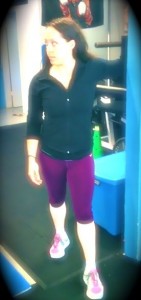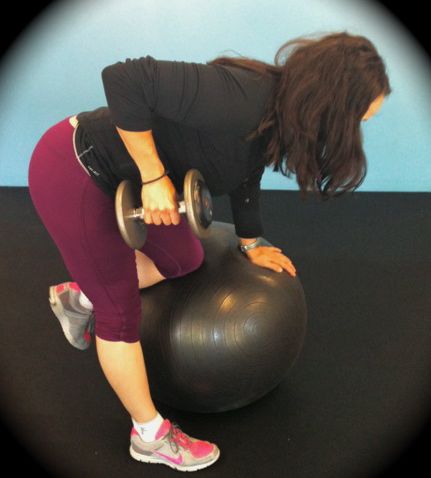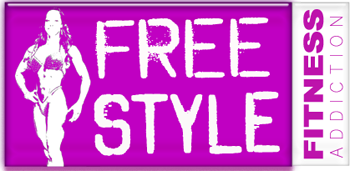I came across this article on T-Nation the other day- a great site, might I say. I think the issue of contraction and mobility, particularly in the shoulder, is extremely relevant and significant because so many people EVERYWHERE deal with this. If not now, they will! Due to the extreme tightness in the pecs and lats due to extended computer activity, reading, hunching over, terrible posture, America’s obsession with bench pressing, and a whole variety of other factors- coupled with a relatively weak upper back- we set ourselves up for injury. Due to my previous knee and shoulder injury, I make sure I stretch my pecs and lats every day (and psoas).

Doorway Pec Stretch- stand with elbow approx 90 degrees, apply forward pressure to feel a gentle stretch in the pec. It’s helpful to turn your hips slightly away, as well as look in the opposite direction to intensify the stretch.
I also focus my weight training on glutes and back! Most people are QUAD dominant and CHEST dominant– though strong glutes (the glute medius, in particular) and strong back muscles have been demonstrated time and time again to be critical in injury prevention! That’s why I emphasize and love training my back and glutes.

Stability Ball- Dumbbell Single Arm Row
In many circles, though, the “healthiest” training method to be “balanced” is through one exercise per body part, or at least a one-to-one ratio of exercises for pulling versus pushing. I like, however, how Mike Robertson- an extremely well respected strength and conditioning coach at the top of his game- advocates a higher proportion of pulling to pushing.
Message: stretch your pecs/lats & strengthen your back! (See the link embedded in the article below for more pics of stretches)
Article below- taken from T-Nation- the Intelligent and Relentless Pursuit of Muscle. Link here~
The Bum Shoulder
Why it’s (probably) jacked up:
“A lot of guys have very tight pecs and lats,” says Cressey. “The tight pecs pull the humerus into too much internal rotation and pull the scapulae into anterior tilt. This makes it hard for your rotator cuff to “breathe” as you protract, elevate, or do almost anything.”
In short, that’s why you have pain when you bench press or overhead press.
And it’s not just tightness.
“What’s the first thing you do when you walk into the gym when you’re 14 or 15?” asks Robertson. “You bench.”
This propensity to always do more pressing than pulling exacerbates the problem by shortening your pecs even more.
How to fix it:
In the gym
The first line of defense is aggressive soft tissue work on the pecs and lats to re-establish length and “open up” more range of motion. Follow that up with a few mobility exercises like the side-lying extension and some static stretches like the ones here and you’ll be good to go.
You also need to skew the ratio of pulling to pushing exercises. And we’re not talking a one to one ratio, either. “One pulling exercise to counteract one pushing exercise only makes sense if you’re already in perfect alignment,” says Robertson.
That’s why he recommends a two to one or even three to one ratio.
So, an upper body day may look like this:
Vertical Pull (Pull-up)
Horizontal Pull (Barbell Row)
Face Pull
Pressing Exercise (Preferably done with dumbbells)
This concentrated upper back work will strengthen the muscles that will pull your body back into alignment.
According to Robertson, it’s also a good idea to throw in some concentrated rotator cuff work like external rotations, and isolation exercises like wall slides and prone I’s, T’s, and Y’s to help strengthen the stabilizer muscles.
At home
If you’re constantly in a flexed posture (like sitting at a computer) you’re just reinforcing bad habits. “After about 20 minutes of being in the same position, “creep” sets in and your body will start to get stuck there,” says Cressey.
That’s why the best posture is the one that’s constantly changing.
“Get up every 20 minutes, get a drink of water, pace around, do whatever it takes to not sit down for hours on end,” says Robertson.
Also, the next time you’re watching TV, grab your foam roller and do some thoracic extensions. This will help add more mobility to your thoracic spine, which will “open up” your shoulder even more.
AUG

